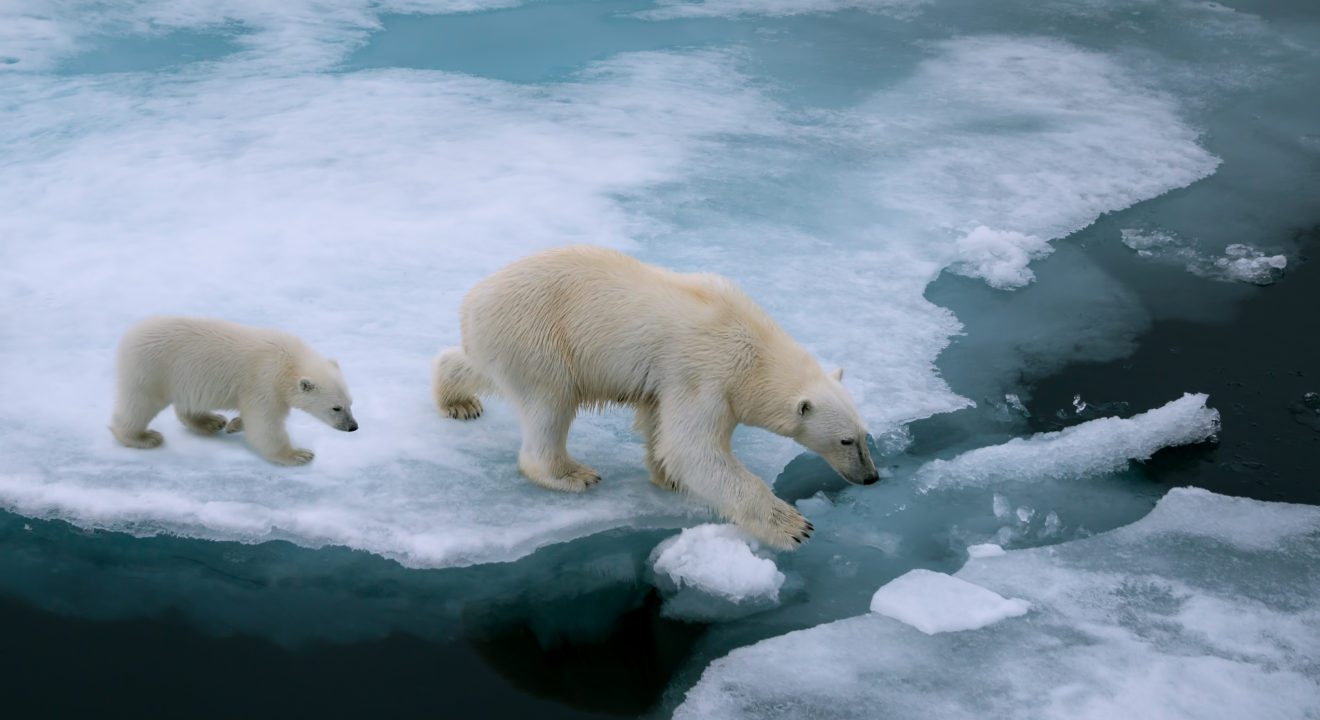Sustainability October 24, 2016


No matter how much you would like to believe otherwise, global warming is not a myth. Every day that we ignore the effects of global warming is a day that our Earth is impacted for the worse. According to the National Geographic, global warming causes a host of problems including melting ice caps, increasing sea levels, the decline in plant species, the increasing threat of storms and floods, the spread of diseases, the lack of fresh drinking water, the extinction of animals species and the elimination of coastal communities and healthy ocean habitats.
All of these changes to the planet have already started and will continue to occur if the causes for global warming are not halted in their tracks. We are experiencing the environmental impacts of our own destruction, so although we cannot stop global warming, we can make changes to prevent temperatures from getting even higher.
What is global warming in the first place? Global warming is caused by the accumulation of greenhouse gases. This includes methane and carbon dioxide, which create a layer over the Earth that traps in the heat that would usually leave the atmosphere. We can visually see this accumulation of gases in larger, bustling cities like Los Angeles and New York where from afar, you can see a cloud of smog hovering over the city.
As humans, we generate a lot of carbon dioxide from burning fossil fuels such as coal, oil and natural gas and from our reliance on automobiles instead of public transportation. Our production of these greenhouse gases stems from our constant industrialization. Therefore, global warming becomes a modern issue caused by the recent years’ diverse industrial activities. Our 12 warmest years ever recorded since 1850 were 1995 to 2006 according to the IPCC’s definitive report.
The Union of Concerned Scientists puts it in perspective. “Back in 1960, about 40 percent of a metric ton of emitted CO2 would remain in the atmosphere. Now that has risen to 45 percent. This means that a ton of CO2 emissions today traps more heat than it would fifty years ago.”
Men and women today often disregard climate change as an issue because the immediate impacts are not clear. If we drive a gas-guzzling truck or if we burn coal, the air does not turn black right in front of us. The sky is still blue and we are still breathing. Another sunny day is just good news for us, but those sunny days will only get hotter and hotter the longer we don’t take action.
In the United States, people may not feel the consequences of global warming, but other parts of the world that are more rural or are poverty-struck are suffering the most. With a lack of water and rising temperatures, agriculture is often the hardest-hit, meaning that families are often unable to put food on the table. In addition, coastal towns are slowly being swept away by rising sea levels. The Marshall Islands have especially experienced these effects, as entire towns are washed away by high tides.
Not only does temperature rise affect the lands of the world, it also causes intense storms and hurricanes. With more water heated at the surface, hurricanes are prompted to speed up and strengthen. The IPCC found that storms are become more intense beginning in 1970, which is when carbon dioxide levels were increased by 80 percent. These natural disasters cause crop damage, power loss, the spread of water-borne diseases and loss of property.
According to Global Health Now, “the WHO estimates that between 2030 and 2050, climate change will cause 250,000 additional deaths per year from malnutrition, malaria, diarrhea and heat stress.”
Understanding the gravity of global warming is the first step. It is never too late to take action and make a change. Fortunately, countries around the world are taking inspirational steps toward global change. Global Health Now highlights the historic December 12, 2015 Paris agreement, which set the stage for global climate change response. Within the accords, 195 countries will work to limit the global temperature rise this century to well below two degrees Celsius.
Political leaders are leading the initiative to change, but everyday men and women can make a difference by making small changes in their daily lives. If people do not look at global warming as urgent, then our balloon of an atmosphere will soon pop, resulting in even greater consequences.
More changes have been made in recent years to lower our carbon footprint, however, there is so much that can be done in the future. Since much of carbon emissions come from the transportation sectors of the world, improvements to energy efficiency and vehicle fuel economy could be made, thereby limiting the burning of fossil fuels. We can also reduce our need for fossil fuels by investing in wind and solar power, renewable resources, biofuels, natural gas and nuclear power.
Another step toward progress would be to halt the massive lumber industry. Plants and trees are vital to regulating the amount of carbon dioxide in the atmosphere. Deforestation without proper reforestation only contributes to rising planet temperatures. The World Wildlife Fund (WWF) says that “When forests are lost or degraded, their destruction sets off a series of changes that affect life both locally and around the world.”
Although we have been witnessing the effects of global warming for several decades now, it is time to stand up for our planet and make serious changes. National Geographic says, “Some of these technologies have drawbacks, and different communities will make different decisions about how to power their lives, but the good news is that there are a variety of options to put us on a path toward a stable climate.”